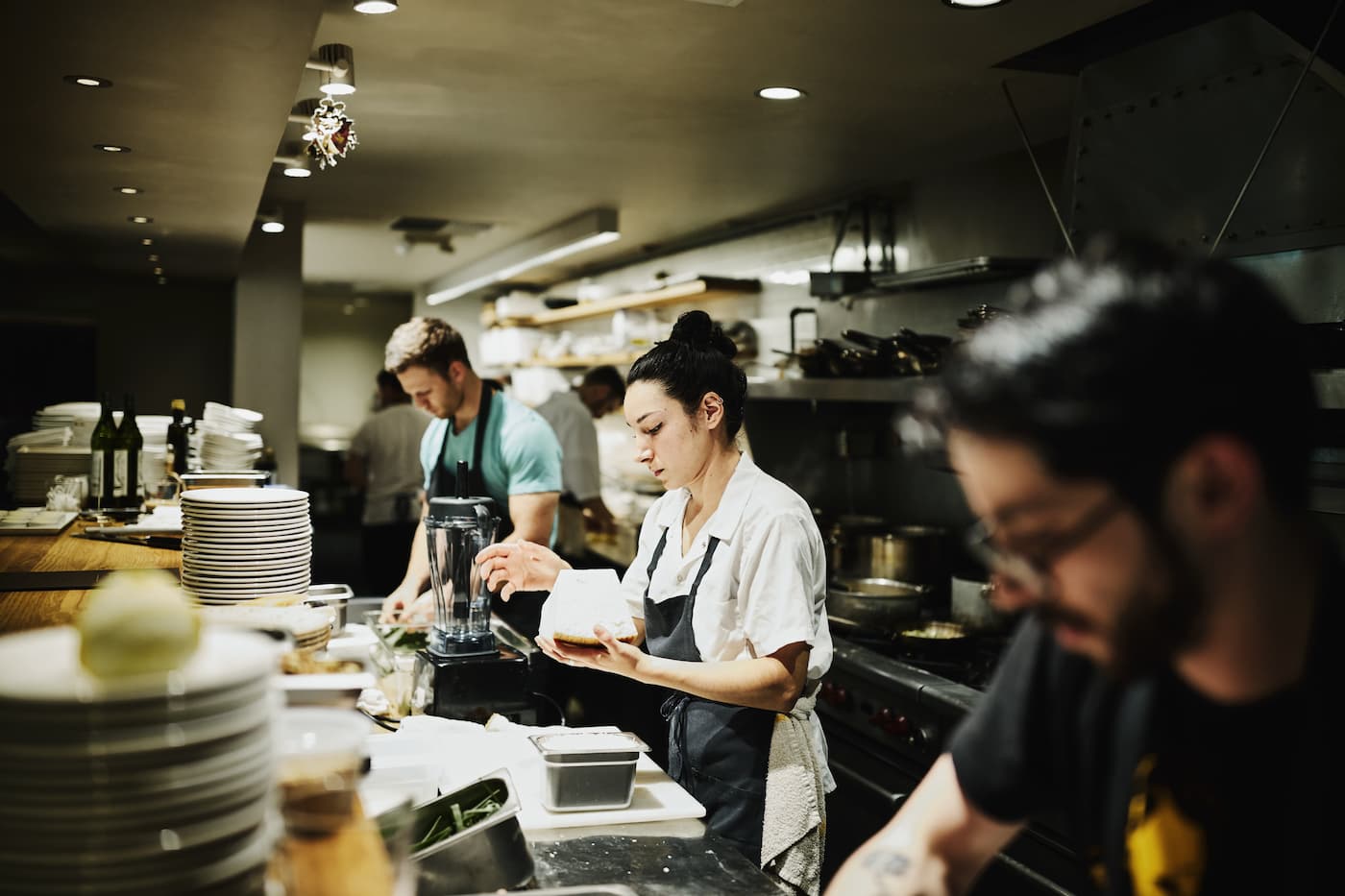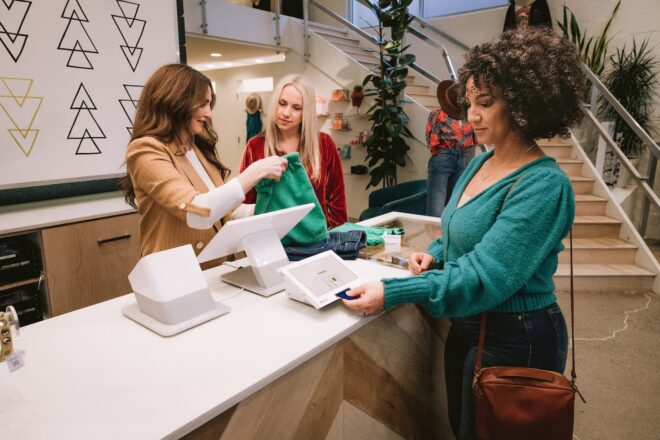Should you have a soft opening for your restaurant?
Editorial Team
6 min read
In the hospitality industry, surprises are just part of the business. However, when you host a restaurant soft opening, you give your team a chance to put their skills to the test and identify processes that can be improved.
It’s a win-win for all involved – but how do you ensure your soft opening runs smoothly and you get the feedback you need to help your restaurant succeed? Here’s our comprehensive guide to help you plan and launch your restaurant soft opening.
What is a soft opening for a restaurant?
A soft opening is like a trial run, but with real people in seats eating real food as you run the restaurant the same way you would on a regular night. While a grand opening indicates that you’re open to the public and ready to receive guests, a soft open is a pre-launch function that occurs a couple of weeks before all the glitz, glam, and fanfare that accompanies a grand opening.
During a soft opening, you’ll likely welcome friends and family who will be honest about any kinks you need to work out, but who will also be understanding of any gaps in service or operational details that aren’t quite up to par. You’re not opening for critics; you’re testing your steps of service to ensure you’re at your best on the big day.
Benefits of restaurant soft openings
Soft openings for restaurants can offer many benefits.
Builds excitement for your restaurant
You want your grand opening to be a huge event. You also want the weeks following that grand opening to bring in tons of guests, so you can start to cover expenses and maybe even turn a profit. One of the best ways to draw traffic is to build excitement. A soft opening introduces the public to an actual, working restaurant. It’s no longer just signage and some buzz on the internet; it’s a reality, and people will start talking about what they’ve seen, heard, and tasted.
Prepares the staff
While no amount of staff training can exactly replicate a busy night on the floor, you can have your servers role-play different scenarios and instruct your bartenders to create new drink recipes to help them prepare for opening day.
Helps you discover ways to improve operations
Soft openings aren’t so much about figuring out what works, as they are an opportunity to identify pain points. Your floor plan may look good on paper, but at your soft opening, you might realize that everything bottlenecks next to the POS station. Maybe you think you can produce 20 soufflés an hour, but then guests order 40 soufflés in 30 minutes – time to rethink that offering.
Provides an opportunity to gather feedback from customers
The knowledge you gain during a soft opening can be invaluable. As you evaluate your internal processes, guests can figure out what they do and don’t like. Listen to every comment and make a list of potential changes. You don’t have to cater to every whim, but if there are processes or dishes you can modify to meet customer consensus, that can help put you at a greater advantage in the future.
You can also use your soft open to observe which dishes sell the most, which are confusing or poorly received, and whether your menu seems balanced. Remember, what looks good on paper may not work as well for your target demographic as you thought, and this could be the perfect time to pivot.
Helps build loyalty and future revenue
Guests who attend a soft opening feel special. They’re more likely to feel invested in your future, and that means they’re more likely to be loyal to your brand. You can use the soft open to foster good will by doing table visits, handing out your business card, and offering promotional opportunities for repeat guests – such as an invitation for the grand opening, a chance to sign up for the rewards program, a free appetizer, etc.
How to prepare for a soft launch
Here are some restaurant soft opening ideas to consider during your planning process, as well as a to-do list to help guide your way.
- Determine a soft launch date. Many sources say you should host your soft launch anywhere from a few days to a week before the grand opening. You want to leave enough time to make changes as necessary. However, don’t host it so far in advance that the buzz from the soft opening fades or you risk not being ready to serve the public the way you intend.
- Create an invitation list. So, who’s coming to your soft opening? Your guest list should be limited to people who are somehow invested in a positive outcome for your restaurant. That can include investors, friends, family, and staff members if they are not actively working the event. Your investors and family members may have suggestions for people to add to the invite list, but remember, this is supposed to be a small group. Influencers and media reps are best left for the grand opening, when you know operations will be better dialed in and you can truly put on a show.
- Plan your menu. It’s tempting to run with a full menu during your soft opening so you can test every item you plan to offer, but that can easily overwhelm your staff. It’s okay to offer a limited menu and ease everybody into daily operations. This also teases the larger menu and items guests might want to try later, increasing the likelihood you’ll have return guests eager to see what the restaurant is like once it’s fully up and running.
- Set pricing. Soft openings are not free events. You may have a VIP section that has freebies (think passed apps and wine, or a signature cocktail), but some restaurants choose to charge guests for some (if not all) items. If you’ll be asking guests to pay for their drinks or anything else, make sure you’re set up to accept payments.
What to focus on during your soft opening
Your main focus during your soft opening should be customer engagement and feedback. You already know how things are supposed to run; now it’s time to shake hands, ask questions, answer queries, and take notes. Positive feedback can help you identify which systems are working. Poor feedback can help you understand what can be improved. You may be able to make some changes on the fly, while others may require a brainstorming session and even budgetary shifts before you can find the right fix.
A restaurant soft opening can look like a party, but it’s really a chance to interact with a focus group that wants to help make your business the best it can be. By planning properly and going into the event with an open mind, you can prep your business to be a success.
As you fine-tune operations, check in with Clover. We offer a wide range of restaurant POS and business management solutions designed specifically to help FSRs and QSRs run more smoothly. Connect with a Clover Business Consultant today to explore your options.
CONTACT SALESRelated Posts
New business owner guide to recruiting for retail positions
10 bookstore promotion ideas to drive foot traffic and sales
Popular Topics
Stay in touch
Sign up and learn more about Clover.
Thank you for your subscription!
More posts about starting a small business
eBook





